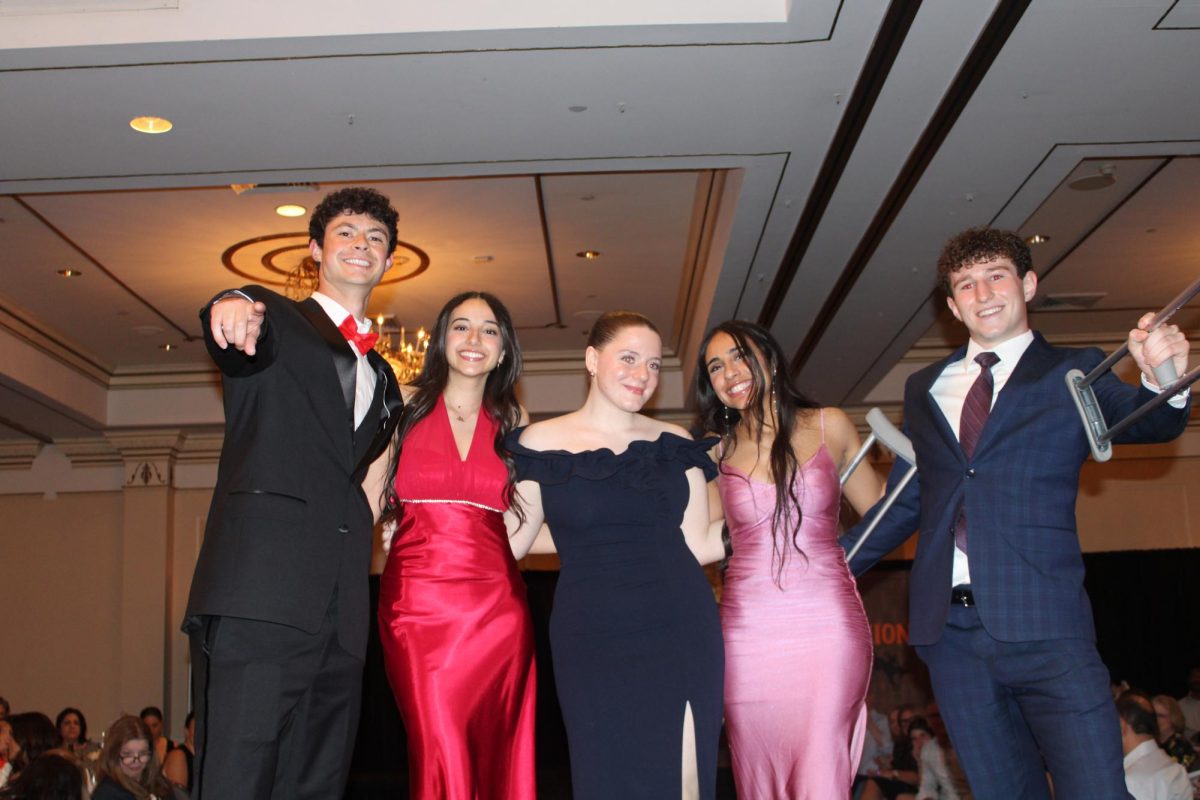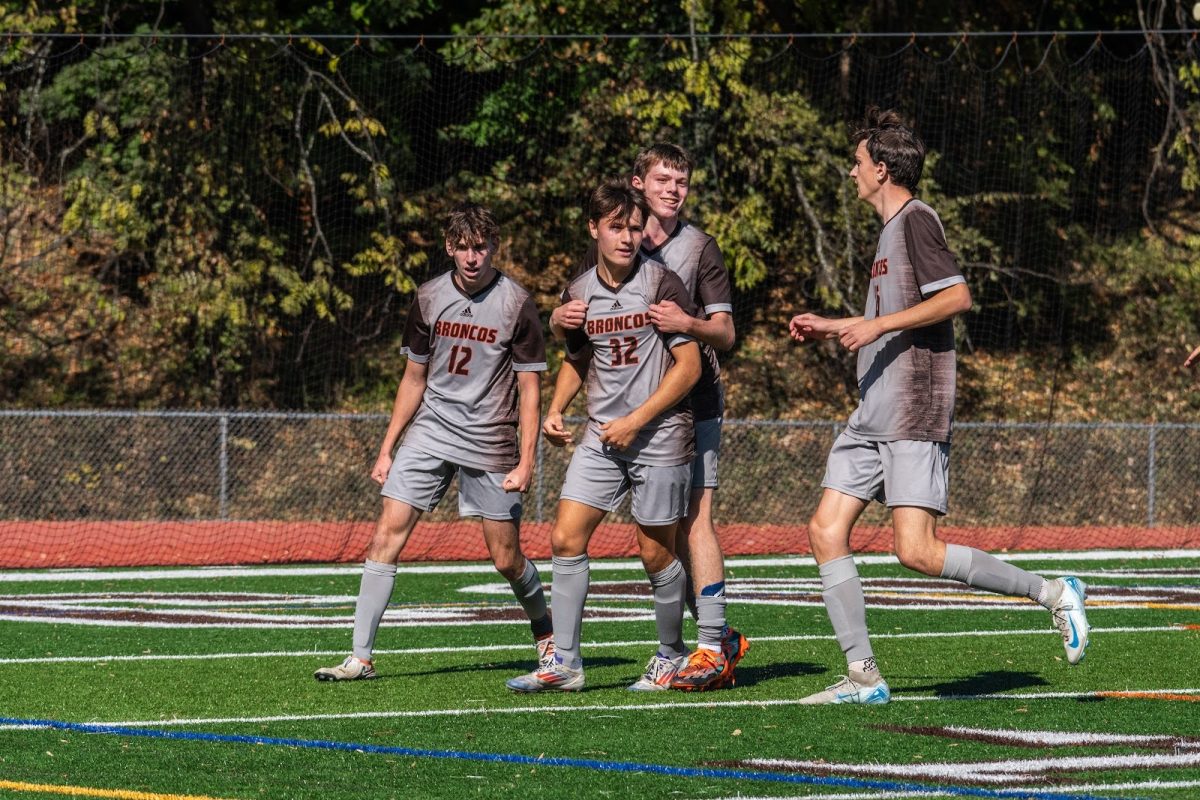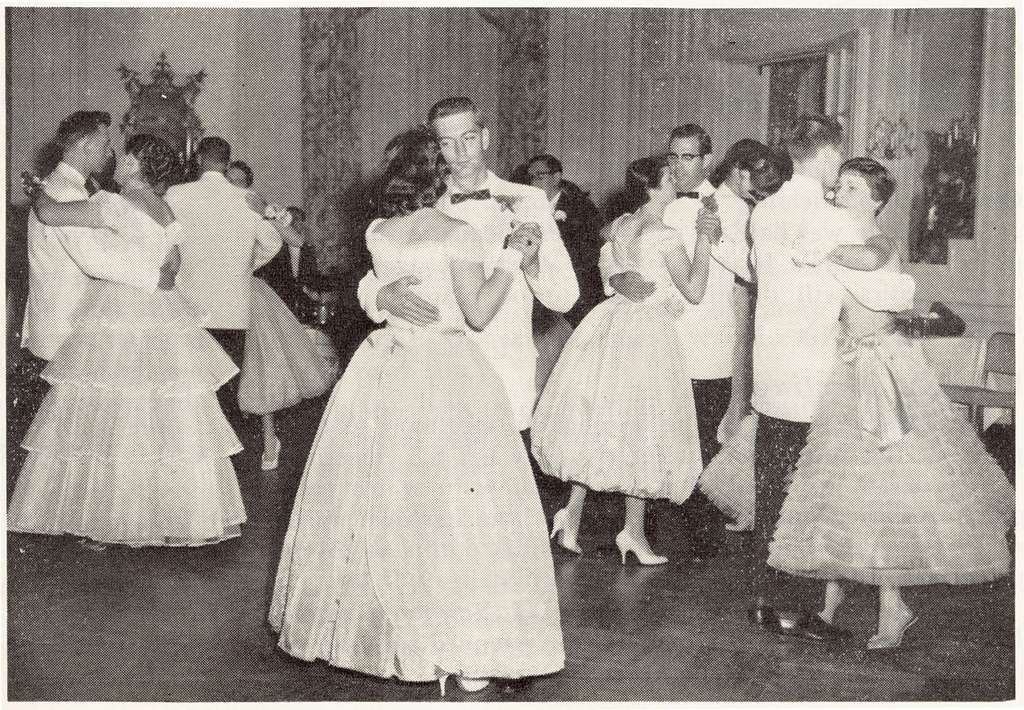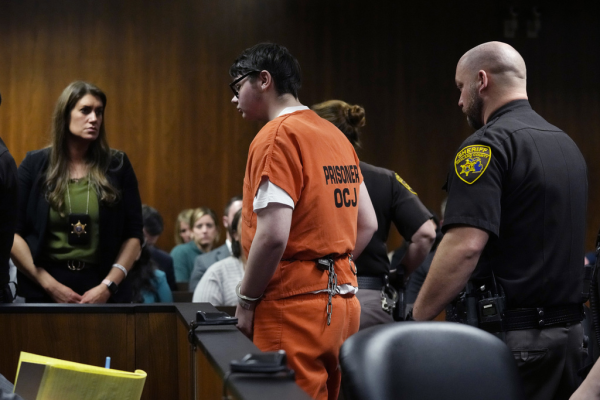Indepth: How school clubs are formed
School clubs are an important part of the high school experience. They give students the chance to explore their interests and spend time with others who share those interests. But what about students who feel that there is a club that is missing at Hills, a club that they and their peers might want? They form a new club. But how does a student go about doing that? And what does it entail?
First, a school club starts out as an idea. In the case of Gabriel Broadman and Sean Sheikowitz, the leaders of the newly formed Female Empowerment Movement, the idea came from a desire to help women at Hills.
“It was really easy to form the club,” Broadman said. “We formed an agenda and Mr. Wieland and Mr. deMarrais looked it over and said they thought the club was a good idea.”
But having an idea is simply not enough. In order to get the club approved by Glenn deMarrais or Tim Wieland, a student (or students if there is more than one person who will be in charge of the club) must first submit a proposal (verbal or written) of their ideas. According to a club process sheet from deMarrais, the proposal must contain the following information:
- Name and purpose of the club
- Evidence that the club is unique and can’t be run under the actions of an existing club
- Evidence of sustainable student interest from multiple grade levels.
- Facility requirements and concerns (if any)
- Safety and liability concerns (if any)
- Name of a faculty member willing to sponsor the club without a stipend for one year
According to deMarrais, the sixth requirement means that the students must have permission first from the faculty advisor to include them in the club proposal and the faculty advisor must be willing to do the work as the advisor without extra pay for it. For the Female Empowerment Movement, their faculty advisor is Alexandra Pfleging, an English teacher and Journalism teacher.
“Mr. Wieland knew that I was the Female Empowerment Club moderator at my old school,” Pfleging said. “He came to me and asked if I would be interested in the club and I said yes.”
But meeting these requirements is simply not enough. A student must also be interested in starting a school club for the right reasons and meet some unspecified “rules”.
“Anything we believe has some promise and meets the merits of the requirements becomes a Learn-to Learn class,” deMarrais said. “Sometimes, I’m concerned students are trying to start clubs for all the wrong reasons, like to put it on their resume.”
deMarrais also added that clubs looking to raise money for something are generally not accepted because of minimal resources the school and Board of Education has towards funding a club once a club makes it through the process to become a recognized club.
The next step for a club are meetings and attendance during Pascack Period since the club is first treated as a Learn-to-Learn class. At this point, the club needs a steady rate of attendance for meetings in order to show the school that there is consistent interest in the club.
“We always get the word out every week and try to encourage people to tell their friends and spread the word,” Sheikowitz said.
She and Broadman said that they have about ten people who regularly attend the club and that Wieland and deMarrais are taking note of the amount of returning people each week.
If the club is successful as a Learn-to-Learn, the club’s proposal is brought to the district extracurricular activity committee. This committee is in charge of overseeing extra curricular activities, whether it is the decision to add a new coach if an athletic team has more people than the previous year or the approval of a new club. If the committee approves a club, the club will operate under a one year probationary period. During this period, the club must prove to be sustainable and something meaningful to the students involved. If the committee is rejected, the club will simply remain a Learn-to-Learn.
But just because an approved club is under a probationary period, that doesn’t mean the process is finished yet.
“What people need to know is that you can do just about anything you want but what you can’t do is raise money or pay a stipend to the faculty advisor until approved by the Board of Education,” deMarrais said.
During a probationary period, the club leaders must work even harder to show that the club has a continued interest and a legitimate cause. deMarrais said that the club must show “like-minded people with like-minded interests” to prove to the committee that the club can sustain itself as an actual club. Once a probationary period is up, the club is sent to the Board of Education for final approval. If the club is approved, it finally becomes a permanent recognized club at Hills.
Once a club becomes permanent, the advisor is paid a stipend for the club and a Student Government account is opened up for the club to be able to hold fundraisers and raise money to help sustain club activities.
However, not every club that makes it to this final stage will be approved by the Board of Education.
“Funds are obviously not unlimited,” deMarrais said. “The Board of Education might like all of the club proposals but there’s just not that much money for all of them.” He also added that if a permanent club shows a decrease in activity or lack of interest, that club might be removed at the end of the year to make room for new clubs.
Broadman and Sheikowitz are not worried about the process and are optimistic about the Female Empowerment Movement being approved for next year.
“We think it’s really likely that it will happen because the nature of the club really necessary and such a pressing issue,” both of them said. “We think that the school realizes that and sees that it’s really important.”

Matt is a senior and this is his second year as the In-Depth editor for The Trailblazer. Matt is excited to lead writers into hard-hitting journalism and write exposés. Although he’s sad his time is ending soon, he knows that his proteges will do well, but until then, he is ready to teach them all he knows!












































